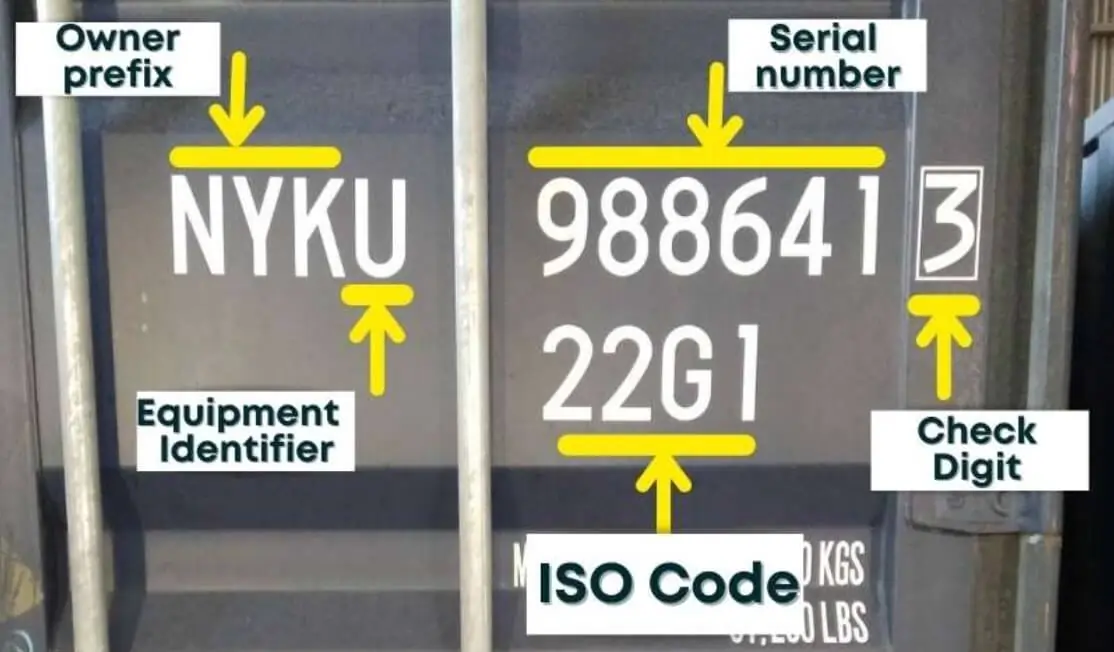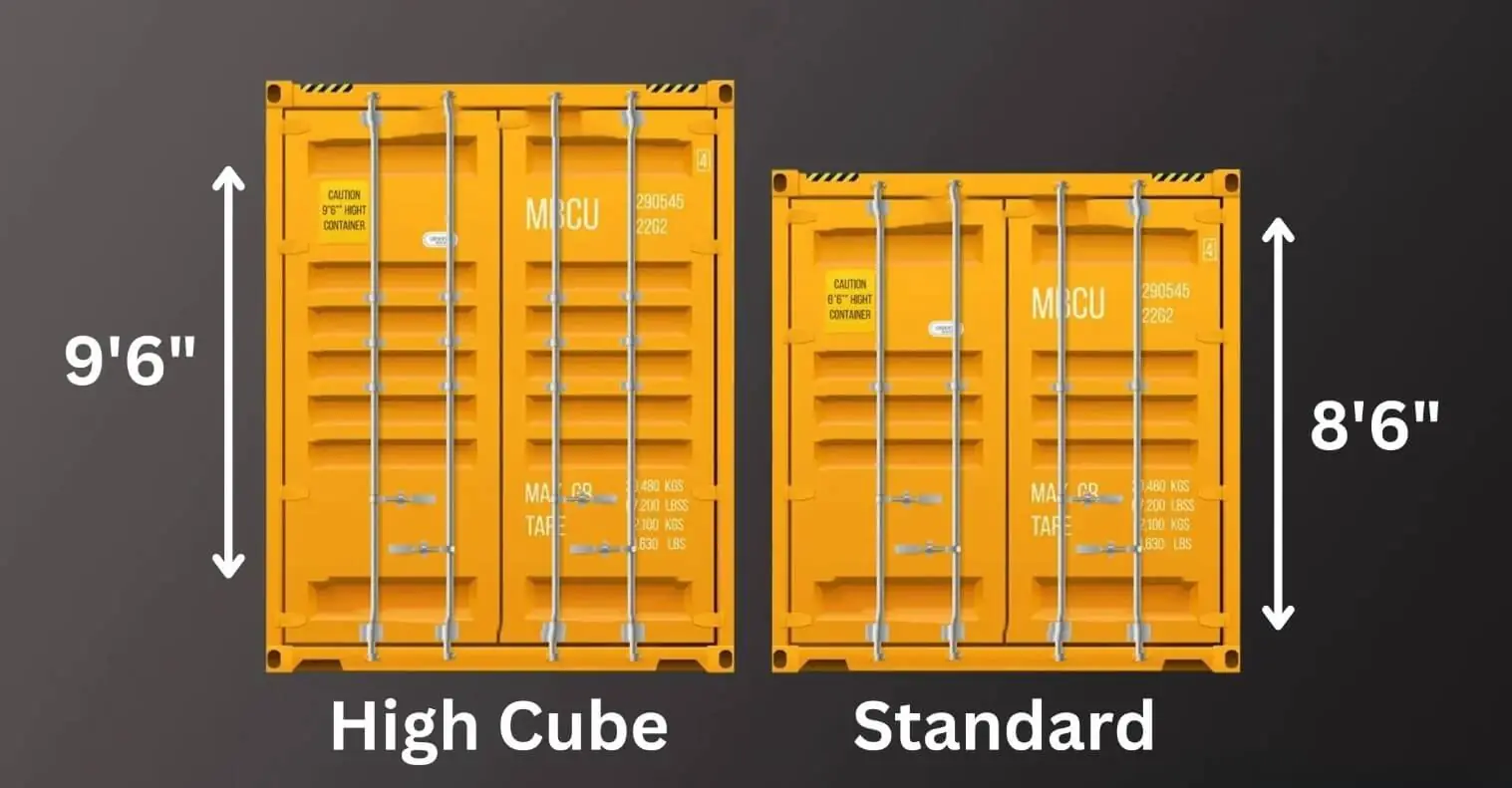What’s the Difference Between a Container Box and Shipping Container?

Shipping containers, storage containers, and Conex boxes for sale may sound familiar to you. Knowing the differences between these goods as a consumer may be difficult, especially when the container storage sector comes out with new names every few years. Essentially, those are just huge weatherproof steel boxes used to store and transport commodities, available in various sizes and grades.
It’s critical to know which to choose to keep your items safe. The issue is that there are just too many container names for customers to choose from.
Let’s clear up any misunderstandings by determining the difference and features when considering the Conex box vs. shipping container choice.

Main Features of Shipping Containers
When you decide what to choose, a shipping container vs. Conex box, you first need to study each choice’s main features, advantages, and weaknesses.
Shipping containers, as the name indicates, are standard-sized boxes used to convey commodities by maritime freight. The majority of these containers are made of high-quality Corten steel, making them extremely durable.
Corrosion Resistance
Steel is the ideal material for lengthy voyages at sea since it corrodes slowly. These containers are available in a range of sizes, including 20ft and 40ft containers.
Strength
Shipping containers are more robust because of their corrugated construction.
Heavy equipment, machinery, and other huge things will fit easily in these boxes, making them a safe and dependable solution for delivering large amounts of products.

The Most Frequent Choice for Cargo Transportation by Sea
When choosing a shipping container or Conex box, you should understand that the first one is now the most common cargo transported by sea. Most vessels, not previously intended for such transportation, are now equipped with special cell guides that help to fasten stacked units securely. During transportation, your cargo will be protected from any influx of weather, saltwater, and other factors that could adversely affect the integrity.
Features of Conex Boxes
Conex storage containers are essentially shipping containers that were designed during the Korean War to transport military items to the front lines. Back in the early 1950s, aluminum intermodal crates were common, but the problem was that they were prone to transportation damage and pilferage. To overcome this problem, the US Army Transportation Corps created the “Transporter,” a corrugated steel container far more secure and durable than its aluminum equivalents. Searching for a Conex for sale near me?
Compact
Conex boxes are much smaller than any 40ft or even 20ft container. Because of this, they can be loaded onto any modern truck or trailer. It makes their delivery to the seaport much easier than loading those of standard sizes. When transported by ship, they are also quite mobile and can stack.

Conform to All ISO Standards
When using a Conex box or shipping container unit, you will, in any case, be sure of the legality of your cargo transportation. The main difference between a Сonex box and a shipping container is the size. Otherwise, both options are reliable, quite easy to transport, protect your cargo from external influences and forces, and can be specially modified to transport perishable or fragile goods.
How to Decide on the Type of Container
Deciding what suits you best, a Conex vs. a shipping container, is quite simple. Everything depends on the volume and weight of your cargo and the number of required units. The Conex box is the best choice if you are transporting small quantities of goods and do not need a huge space or additional protection from external forces. If you need enough space to transport bulky but not dense cargo with relatively low weight, then it would be better to consider the 20ft vs. 40ft container comparison and choose one of these units.

Final Thoughts
If you know exactly what type of cargo and in what quantities you are going to transport, then now, knowing the difference between a shipping container and a Conex box and the main benefits and drawbacks of both options, the choice will be effortless.
Moreover, we offer you to purchase any option in Pelican Containers! We suggest the most comprehensive range of new and used sea boxes. We deliver them worldwide and will help you find the most suitable option. Call us or contact our managers in any convenient way, and we will be happy to help you answer all your questions!
What’s The Difference Between Shipping Containers and Conex Boxes?
If you want to use a shipping container for storage, we strongly advise you to get a new one. New shipping containers are more durable and secure, especially when equipped with a lockbox. Our article on “Shipping Containers v/s. Conex Boxes – What’s the Difference? ” will help you understand the distinctions between shipping containers, conex boxes, and storage containers. Shipping containers, as the name indicates, are standard-sized boxes used to convey commodities by maritime freight. Conex storage containers are essentially shipping containers that were designed during the Korean War to transport military items to the front lines.
Vanessa is a dedicated writer and content enthusiast at Pelican Containers. With a background in practical writing and a keen eye for clarity, she transforms complex container topics into easy-to-understand and useful content. Her passion lies in exploring the evolving world of container usage — from smart storage hacks to global logistics trends.
When she's not writing, Vanessa loves discovering creative shipping container projects or traveling to find new inspiration.
Explore thoughtful, informative, and accessible content with Vanessa!
Vanessa is a dedicated writer and content enthusiast at Pelican Containers. With a background in practical writing and a keen eye for clarity, she transforms complex container topics into easy-to-understand and useful content. Her passion lies in exploring the evolving world of container usage — from smart storage hacks to global logistics trends.
When she's not writing, Vanessa loves discovering creative shipping container projects or traveling to find new inspiration.
Explore thoughtful, informative, and accessible content with Vanessa!
FAQ
Conex box or shipping container: which is better to choose?
Conex boxes are a better choice for small deliveries or sea freight. The price of a Conex box is not as high as that of a 40ft, and even 20ft container, but it also can carry significantly less cargo. Try to make a choice based on this fact.
Is it possible to purchase a shipping container from you?
Of course! Pelicans Containers will be happy to help you not only find out how to buy a shipping container, but also make this deal the most advantageous for you. Contact our manager right now in any convenient way and discuss all the issues that concern you!
What are the main advantages of the Conex box?
The main advantage of Conex boxes is their portability. They take much less space during transportation by sea or shore than any shipping container. Also, you can equip and modify them for your particular needs.











